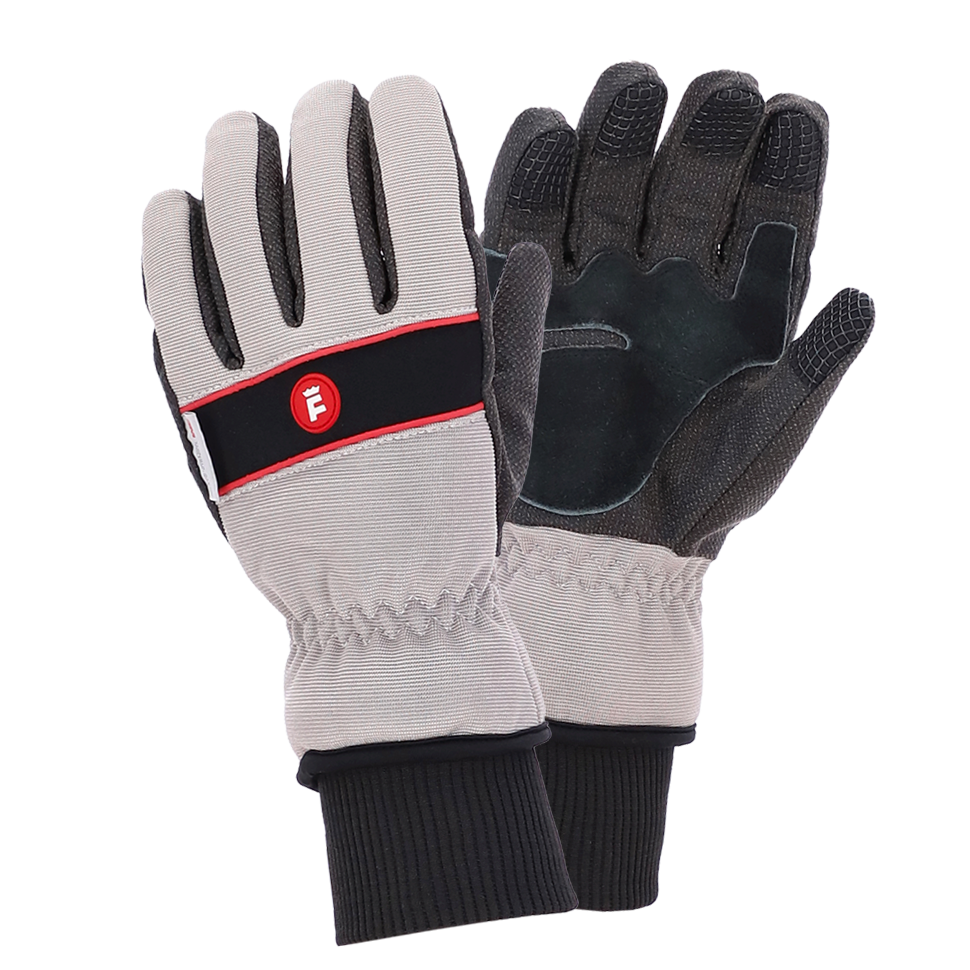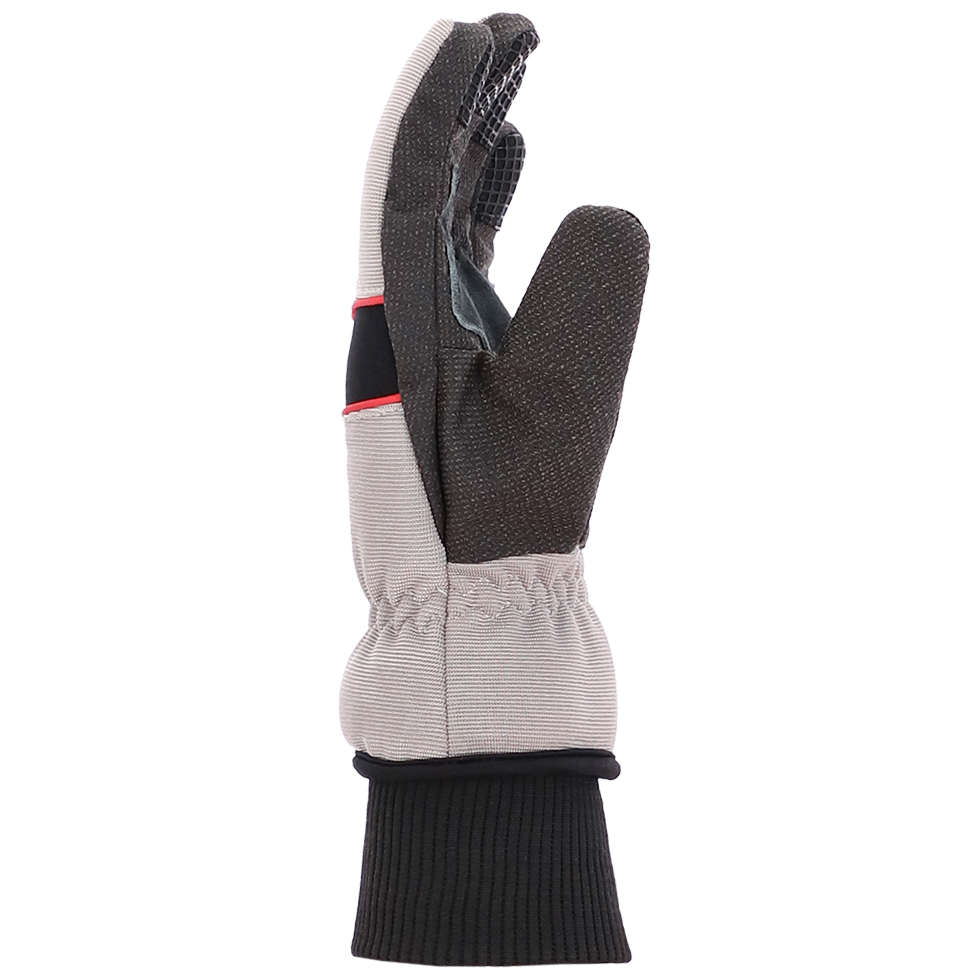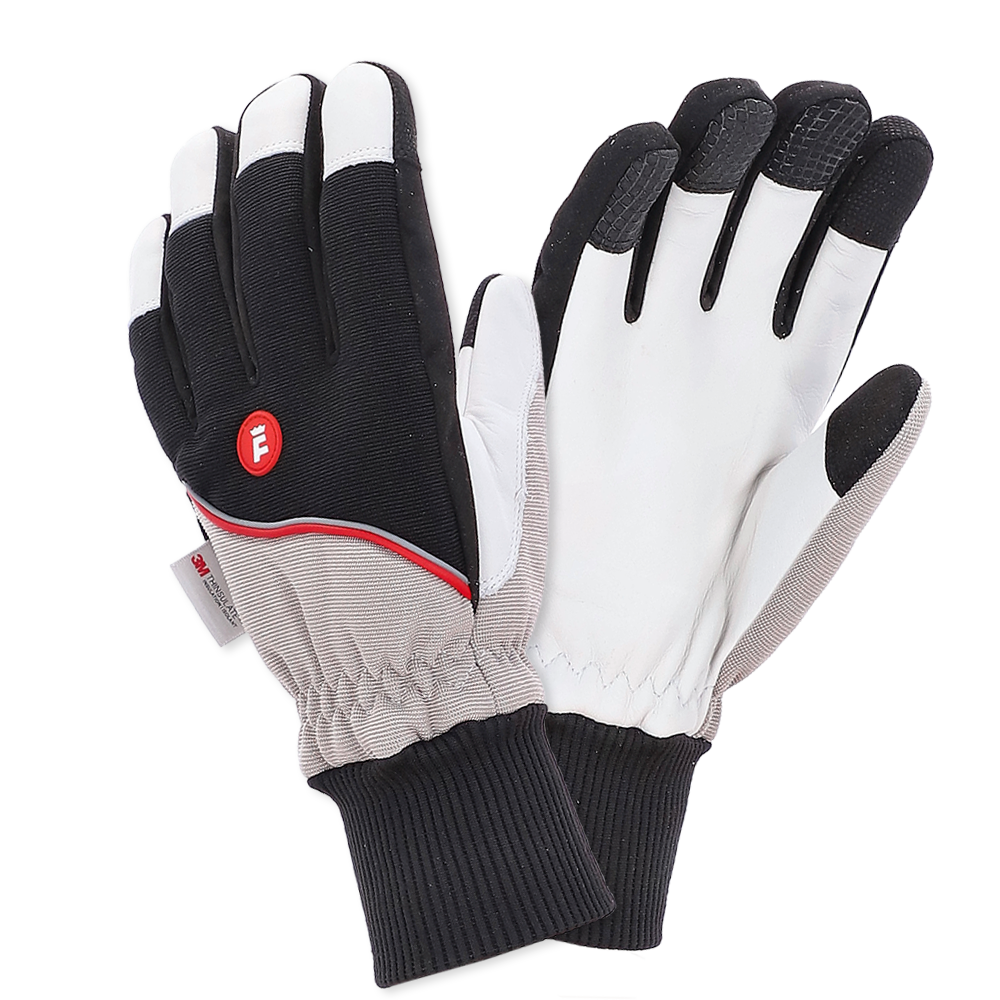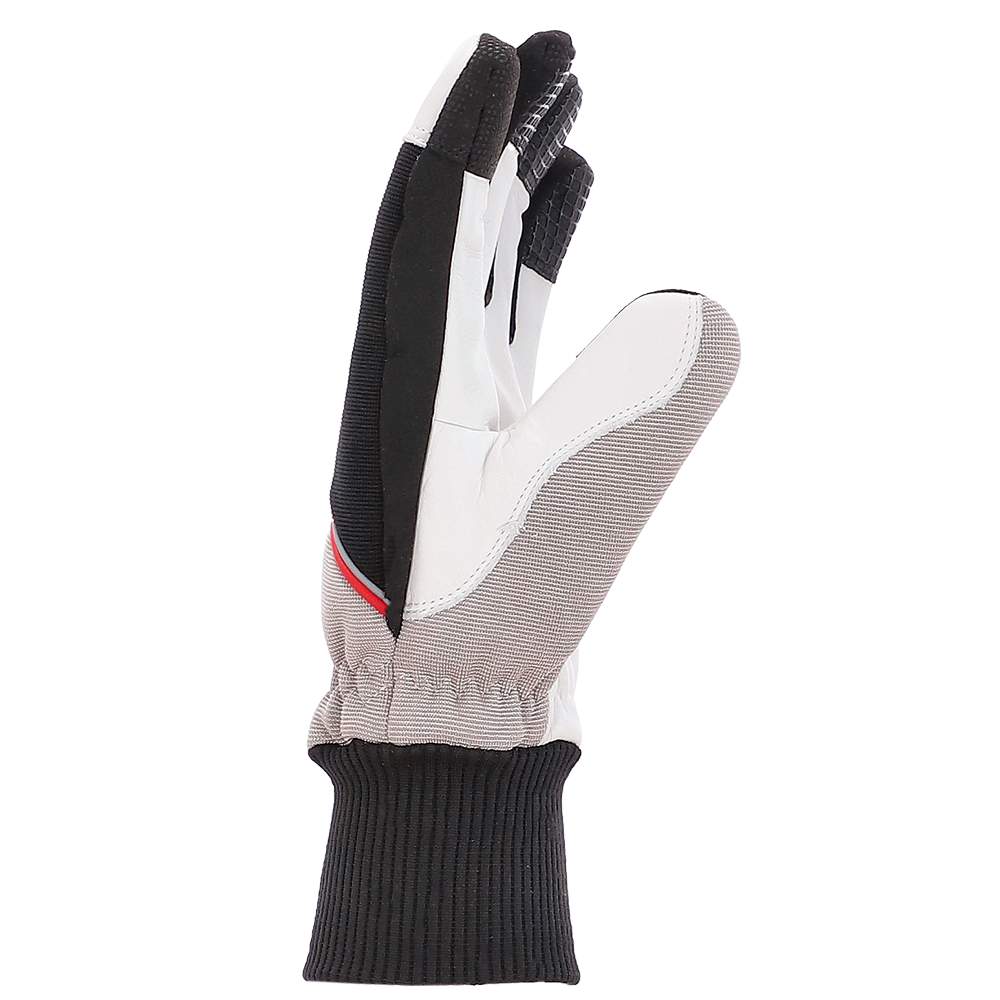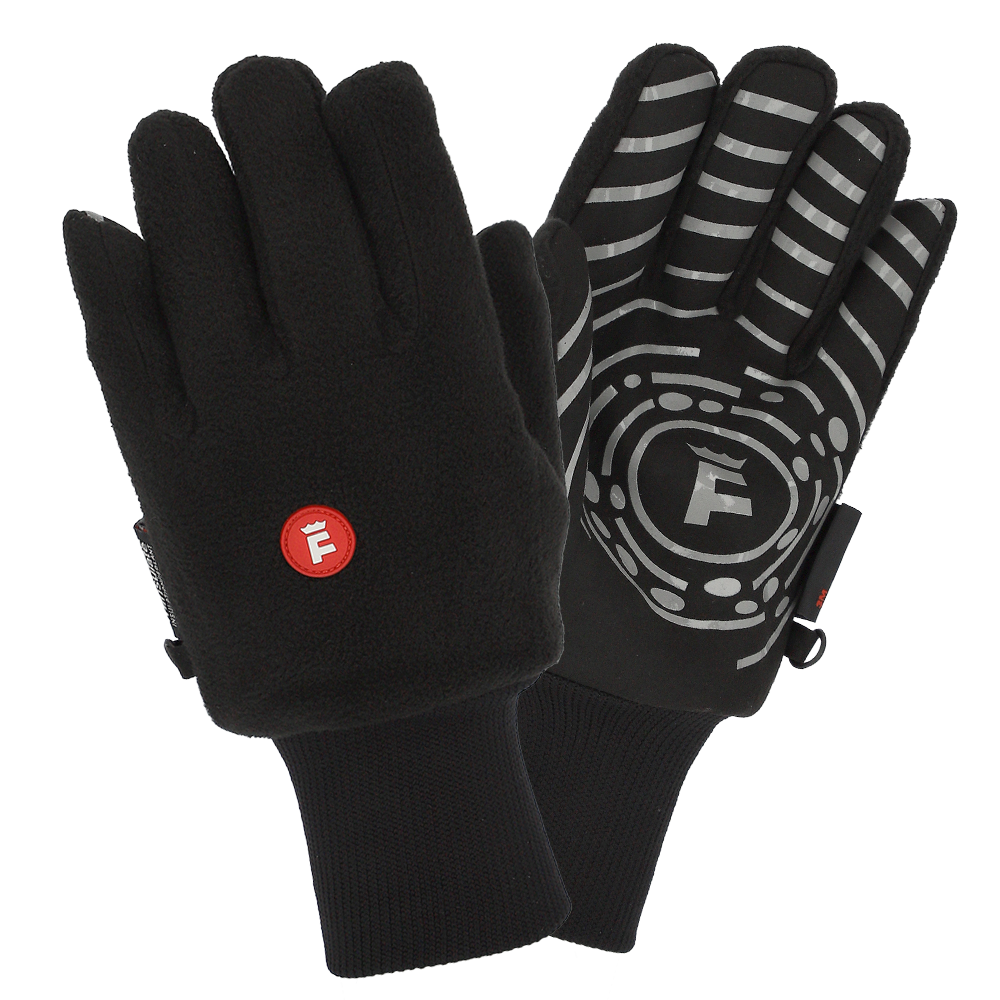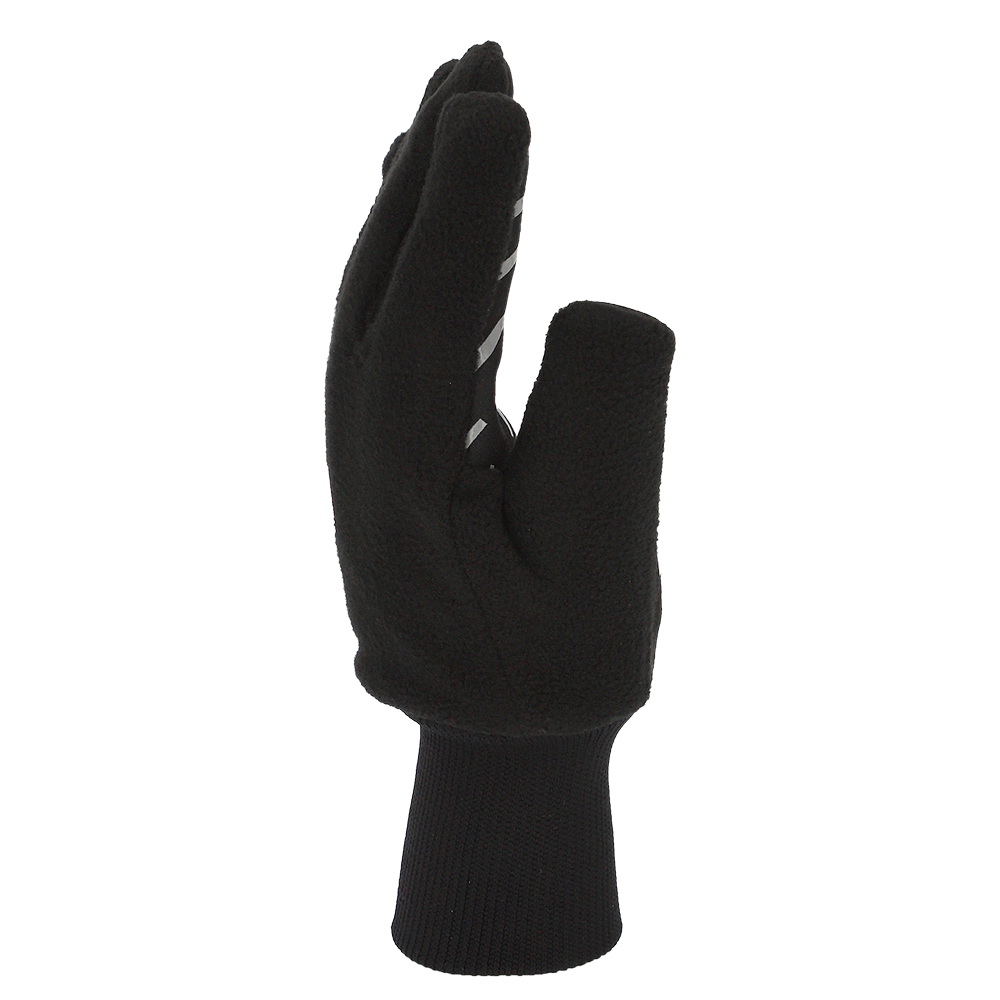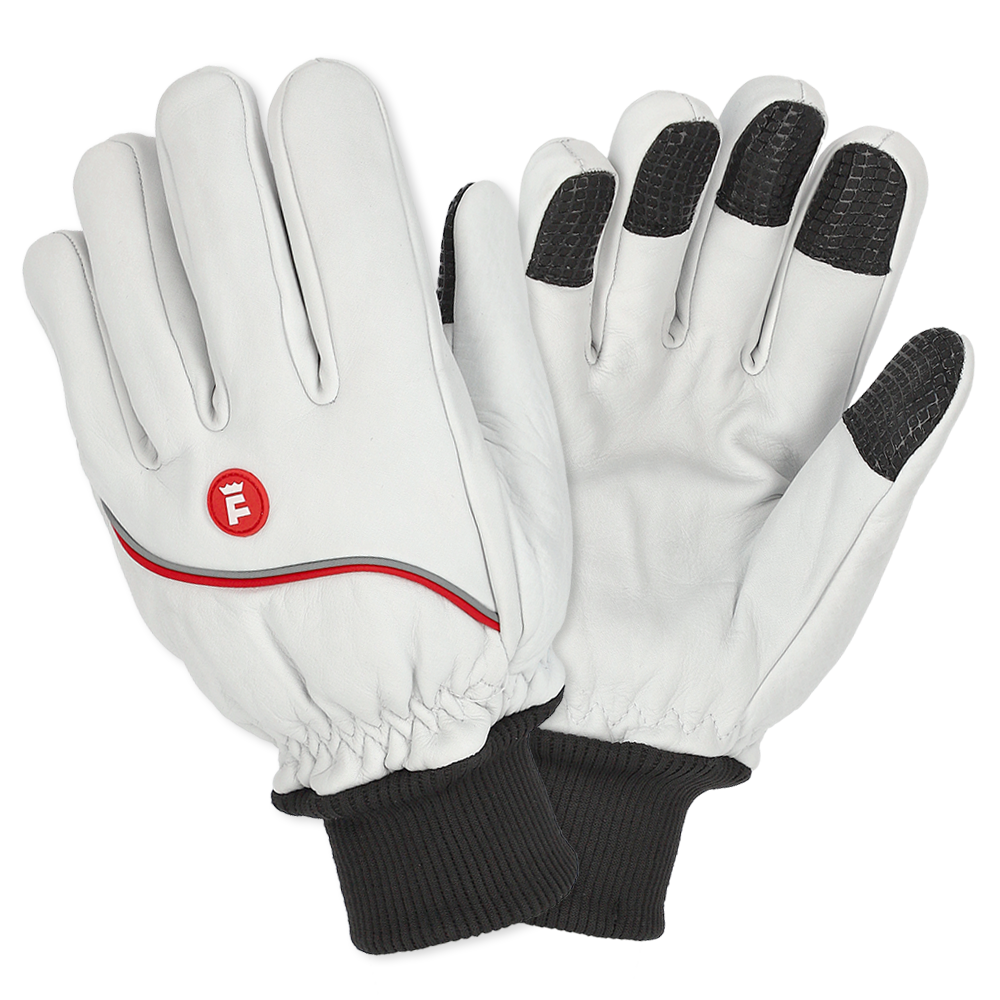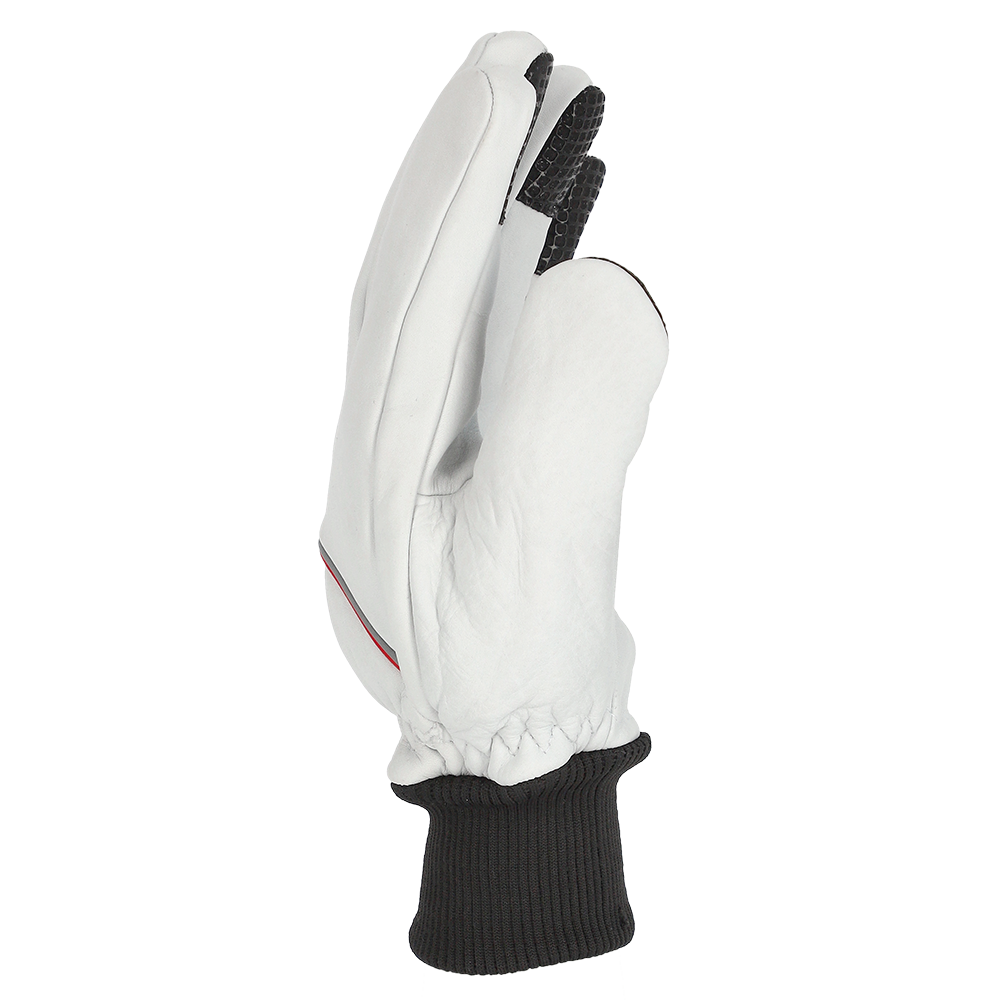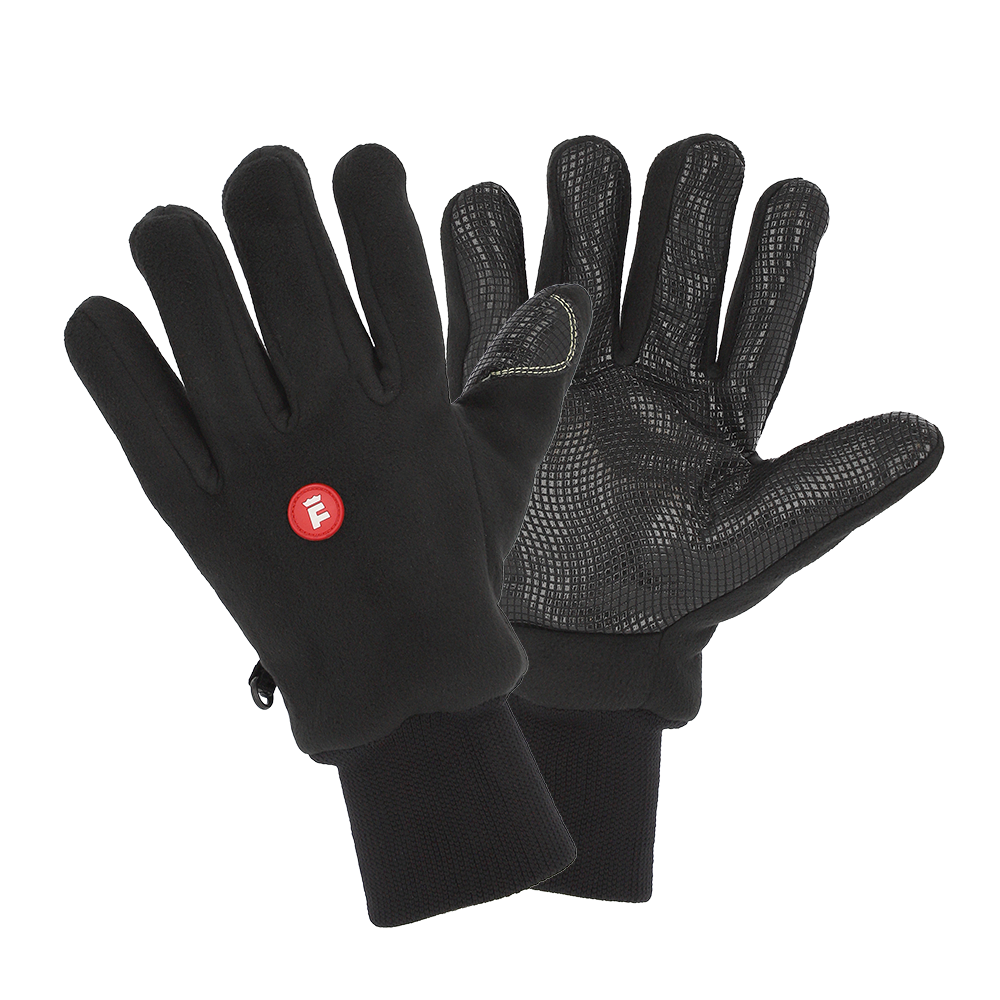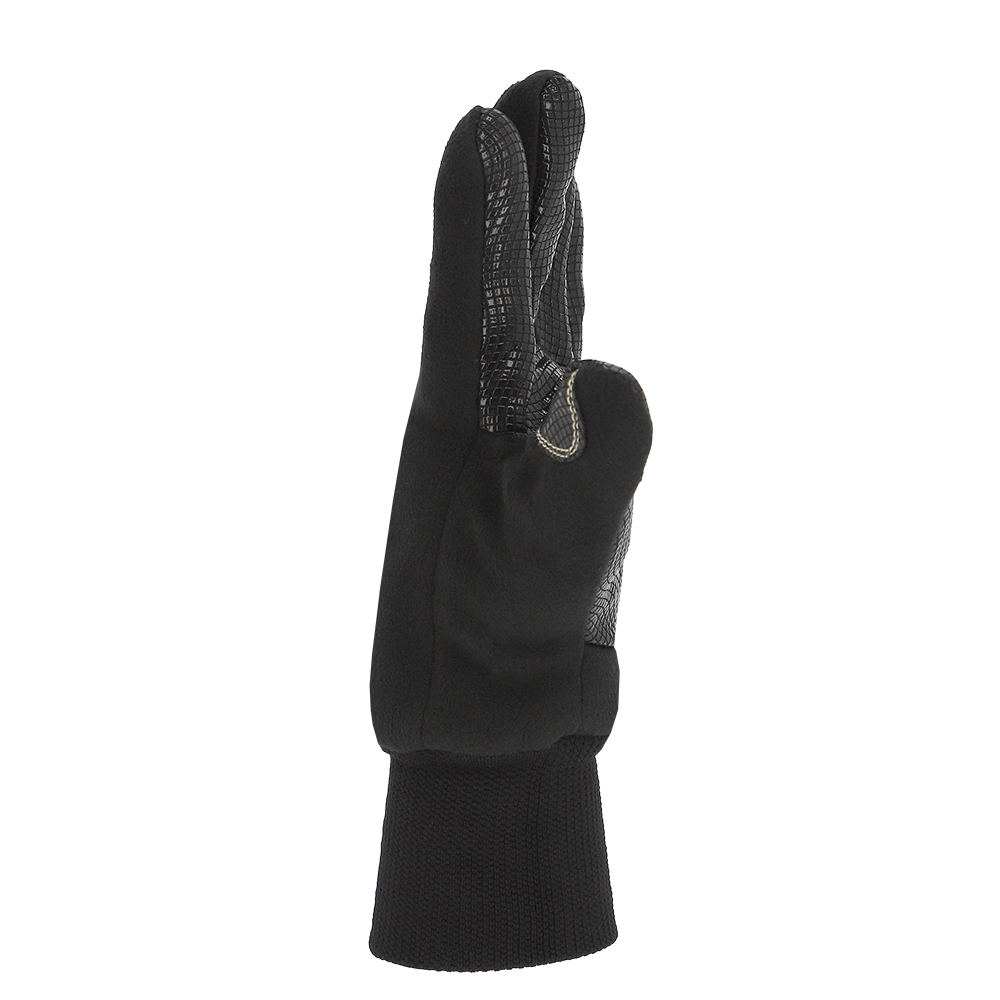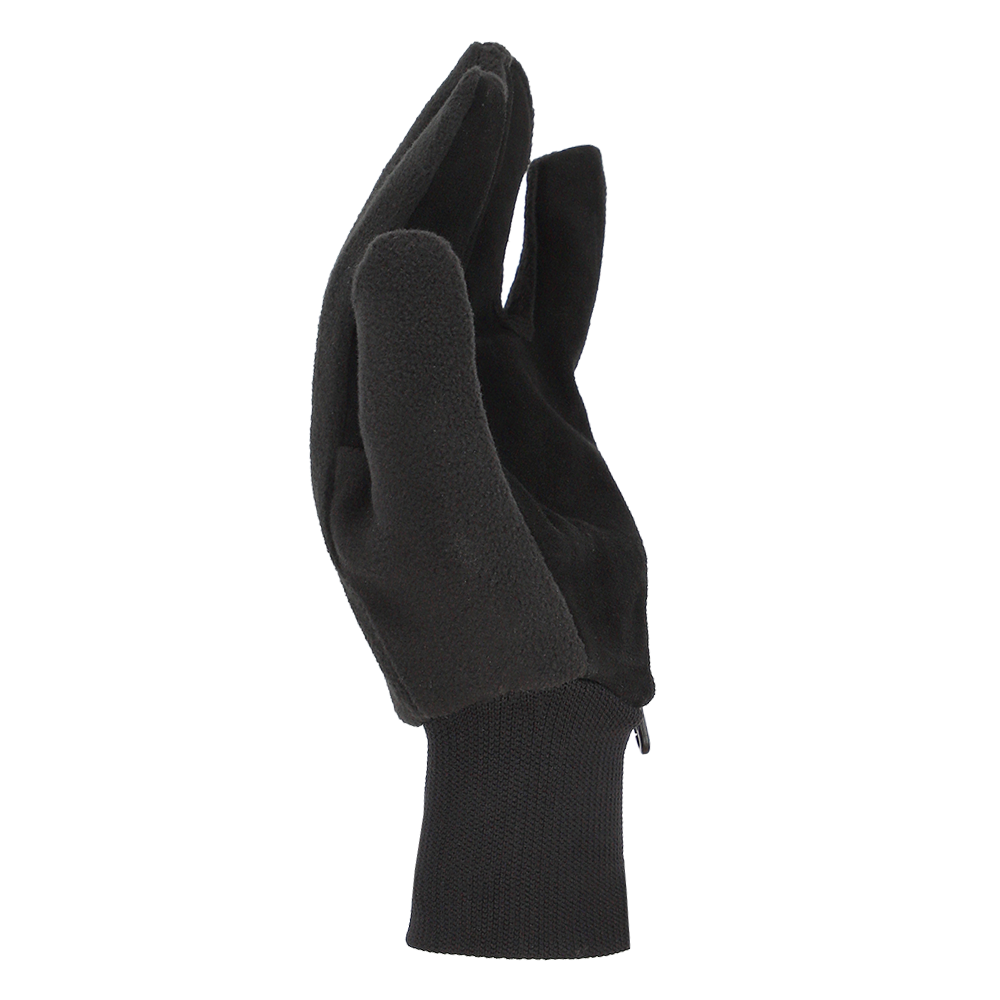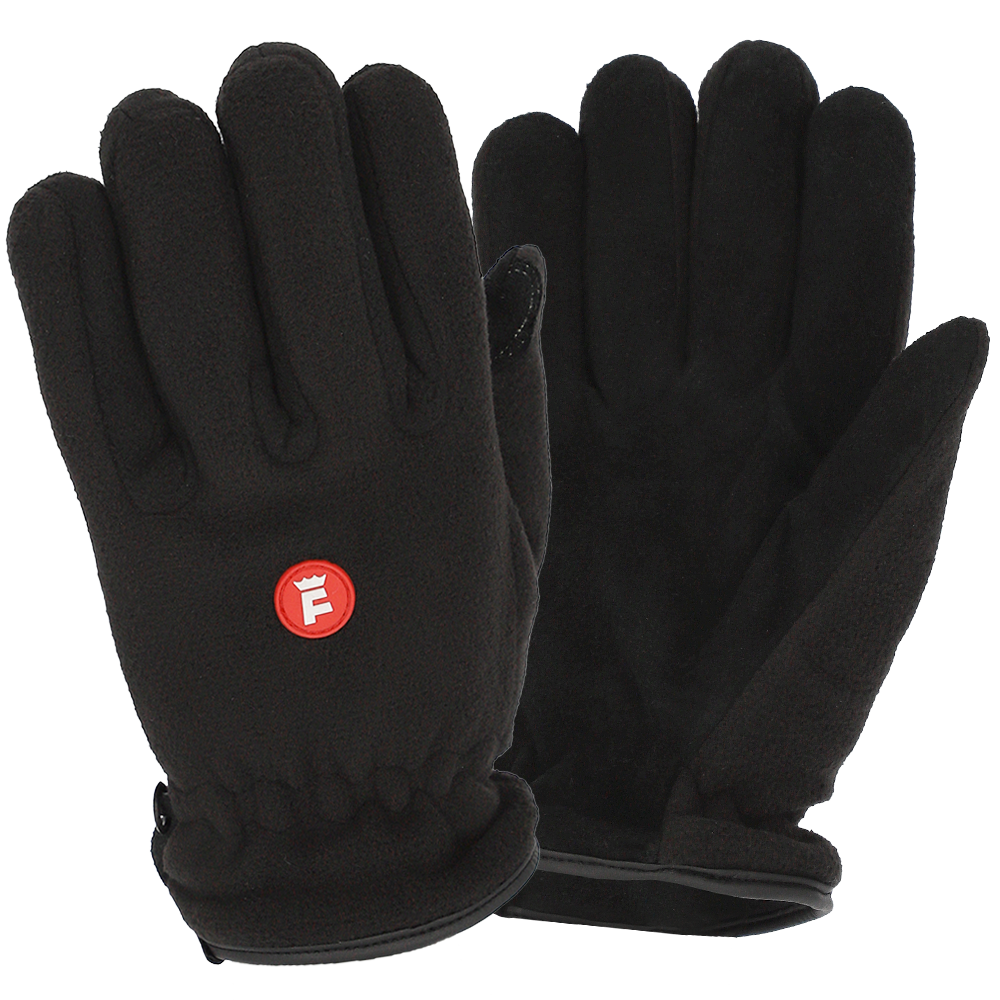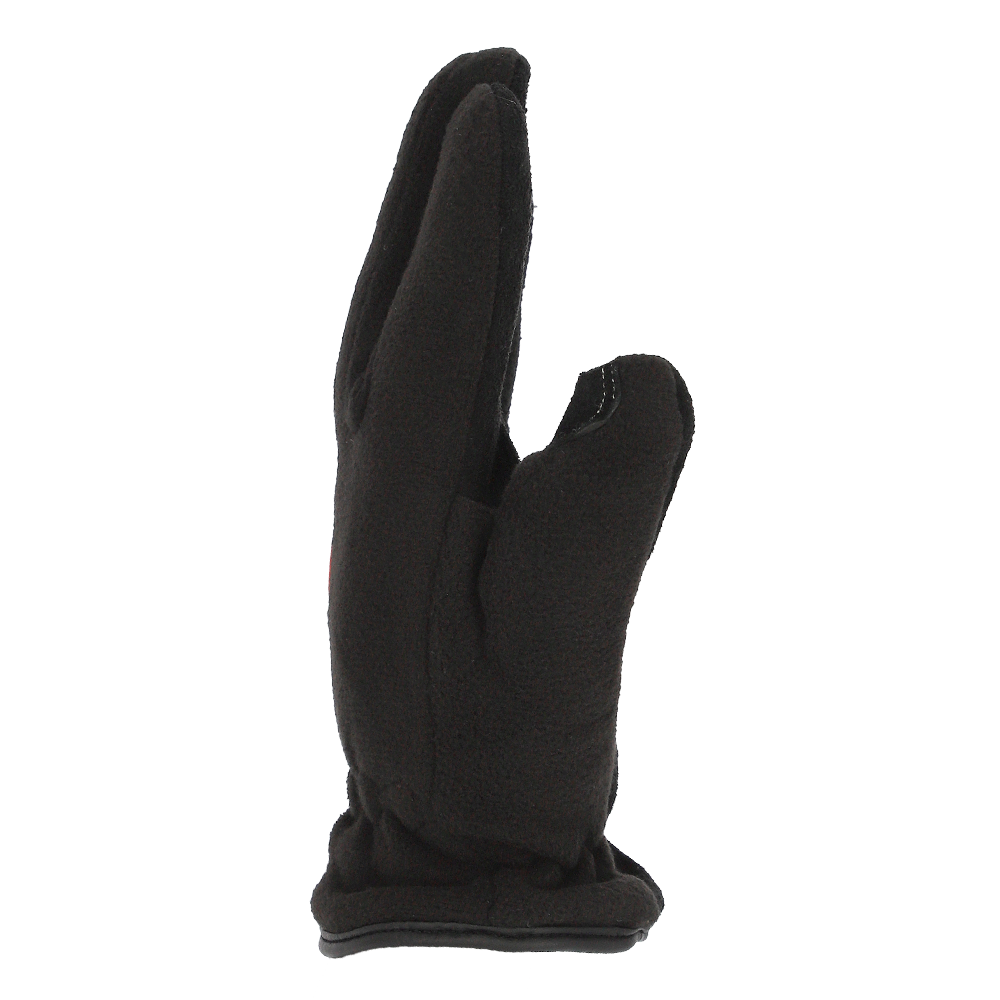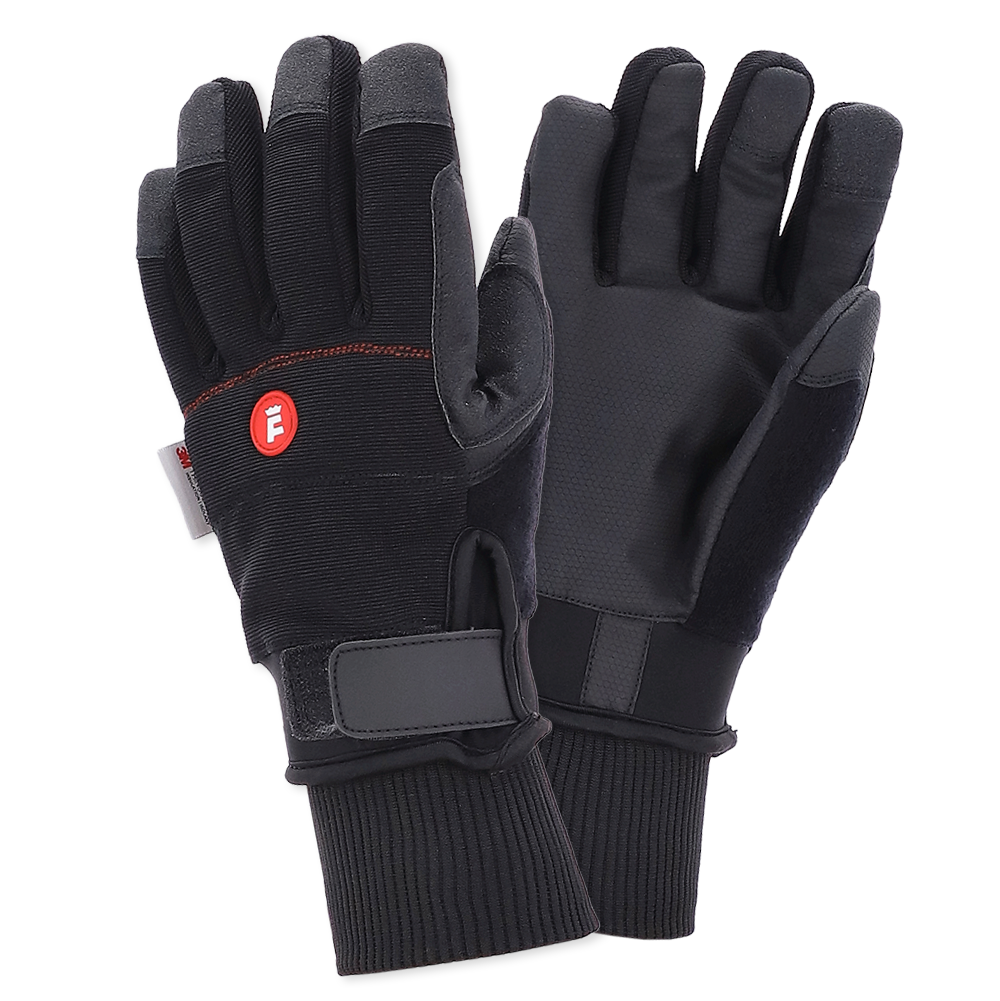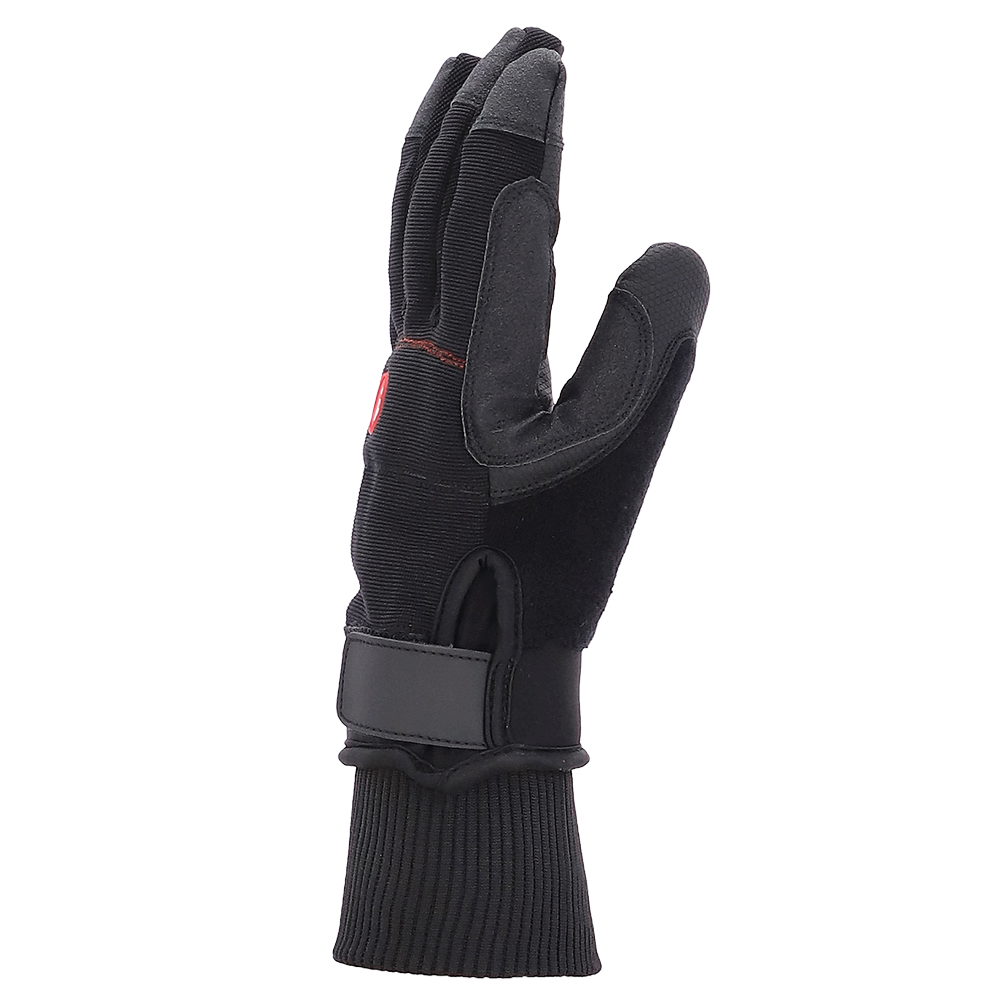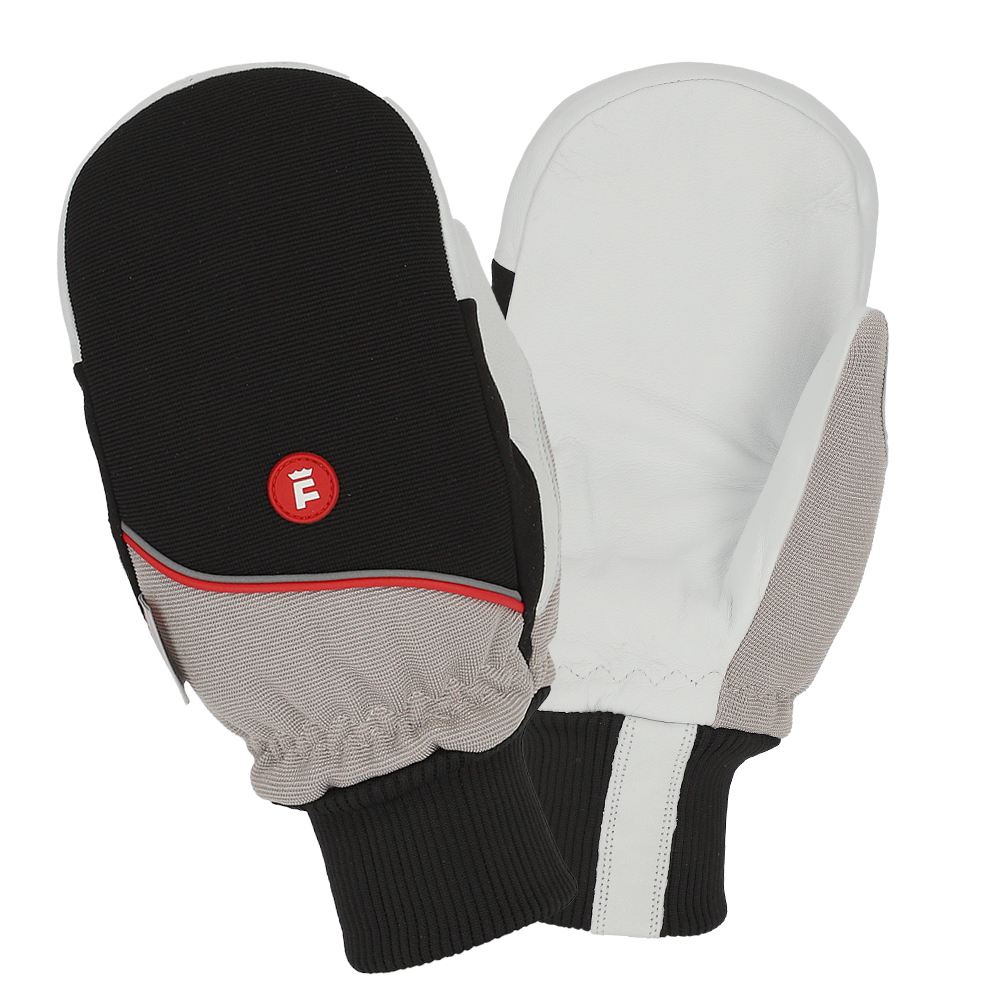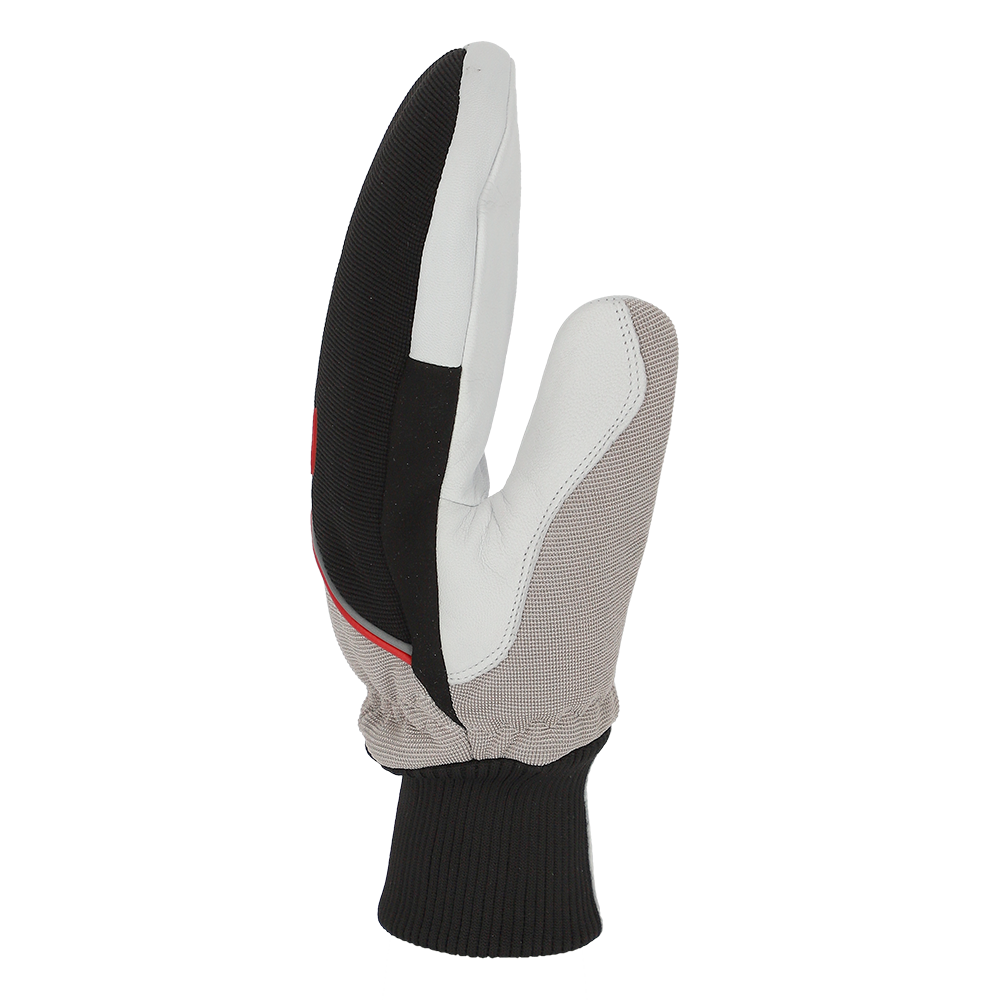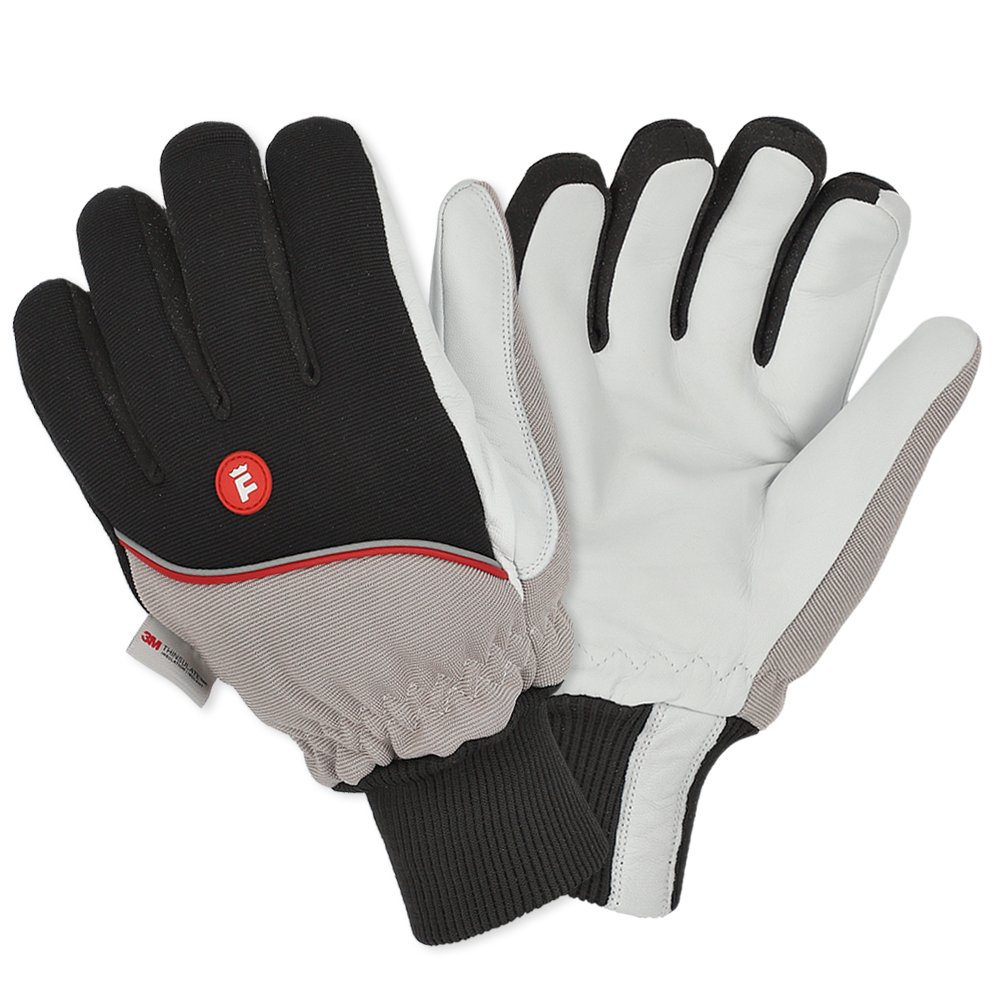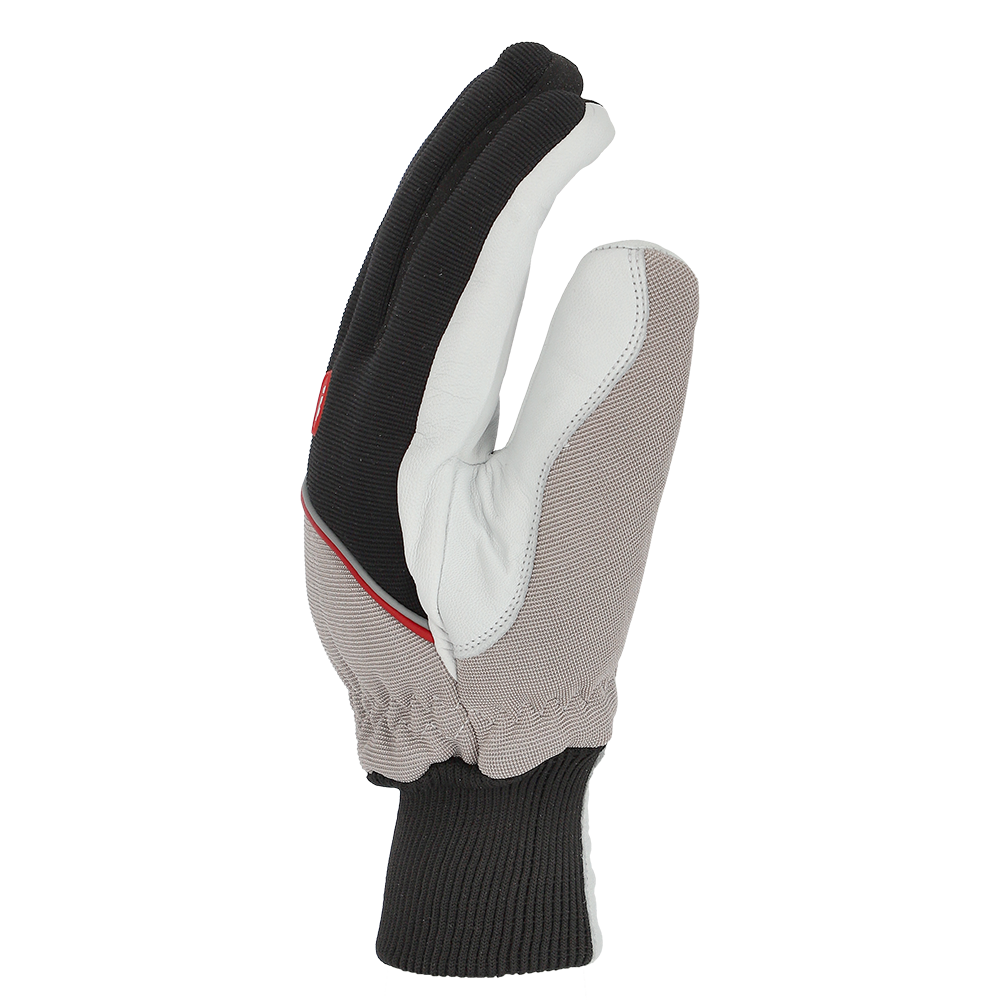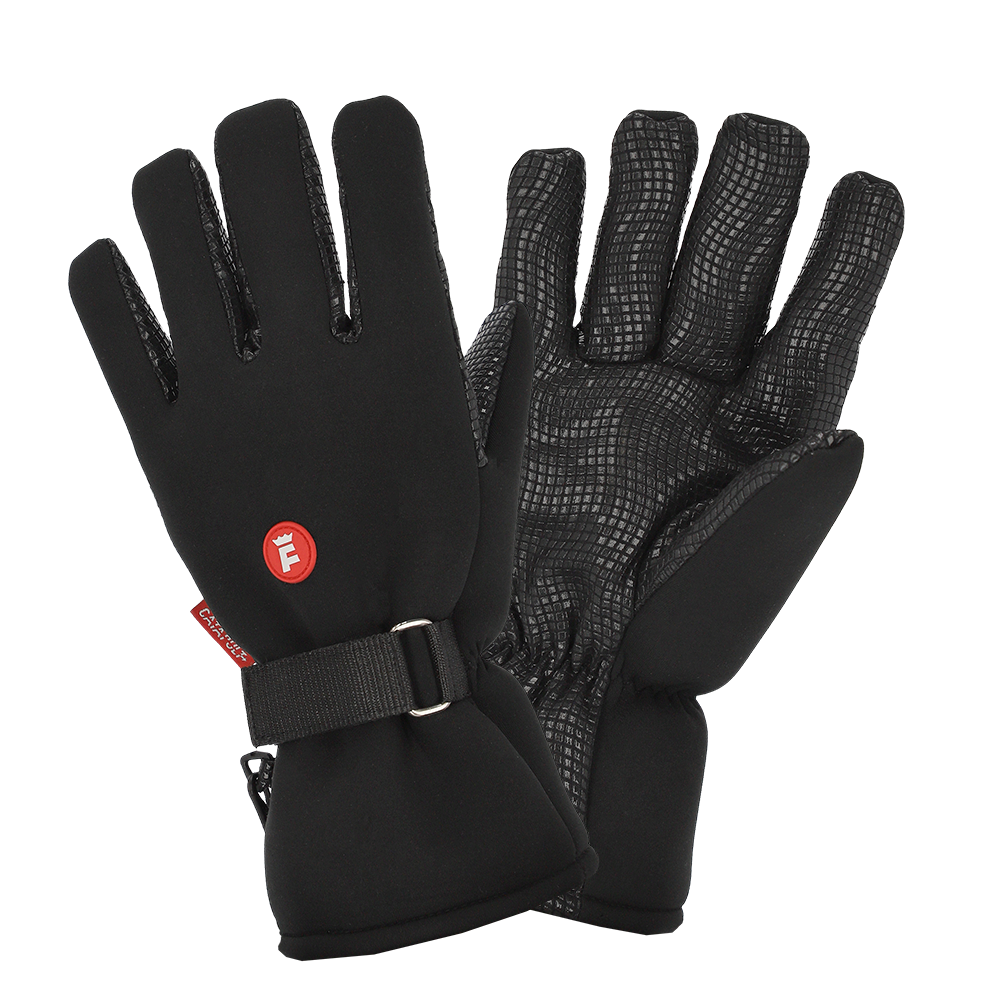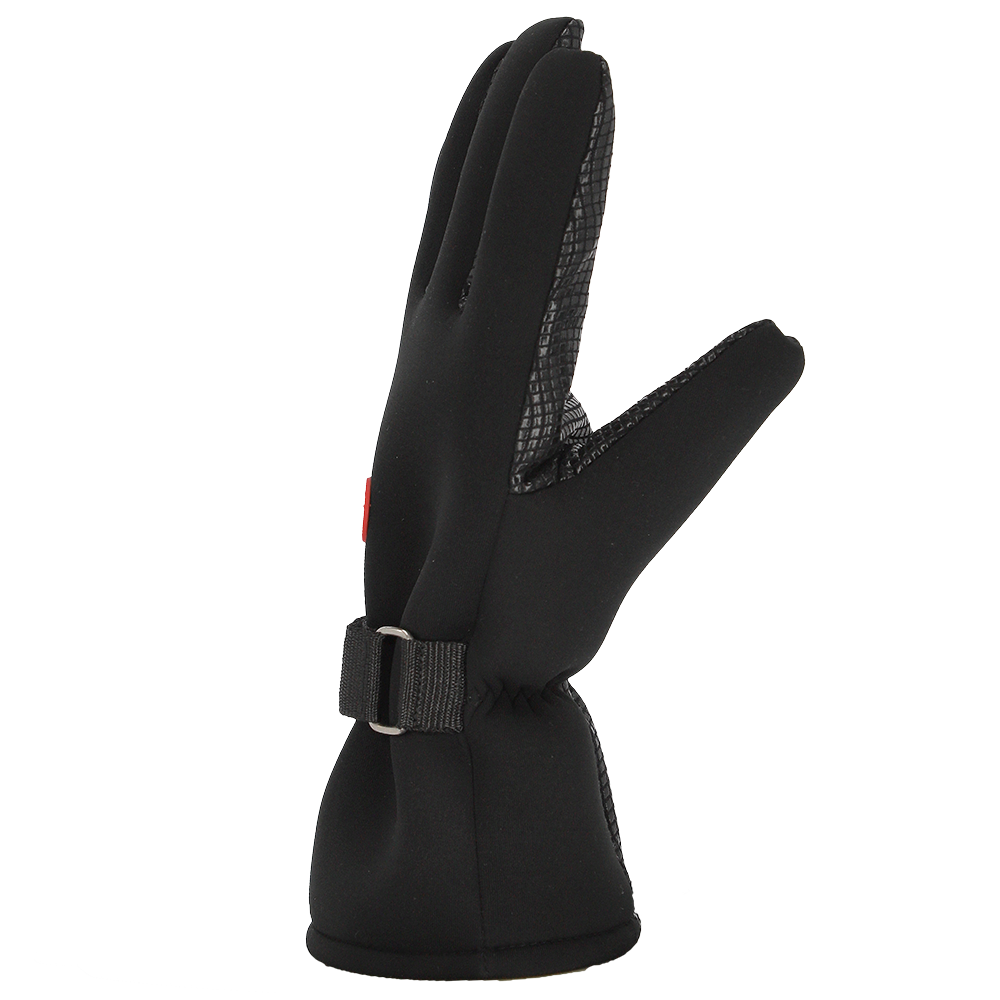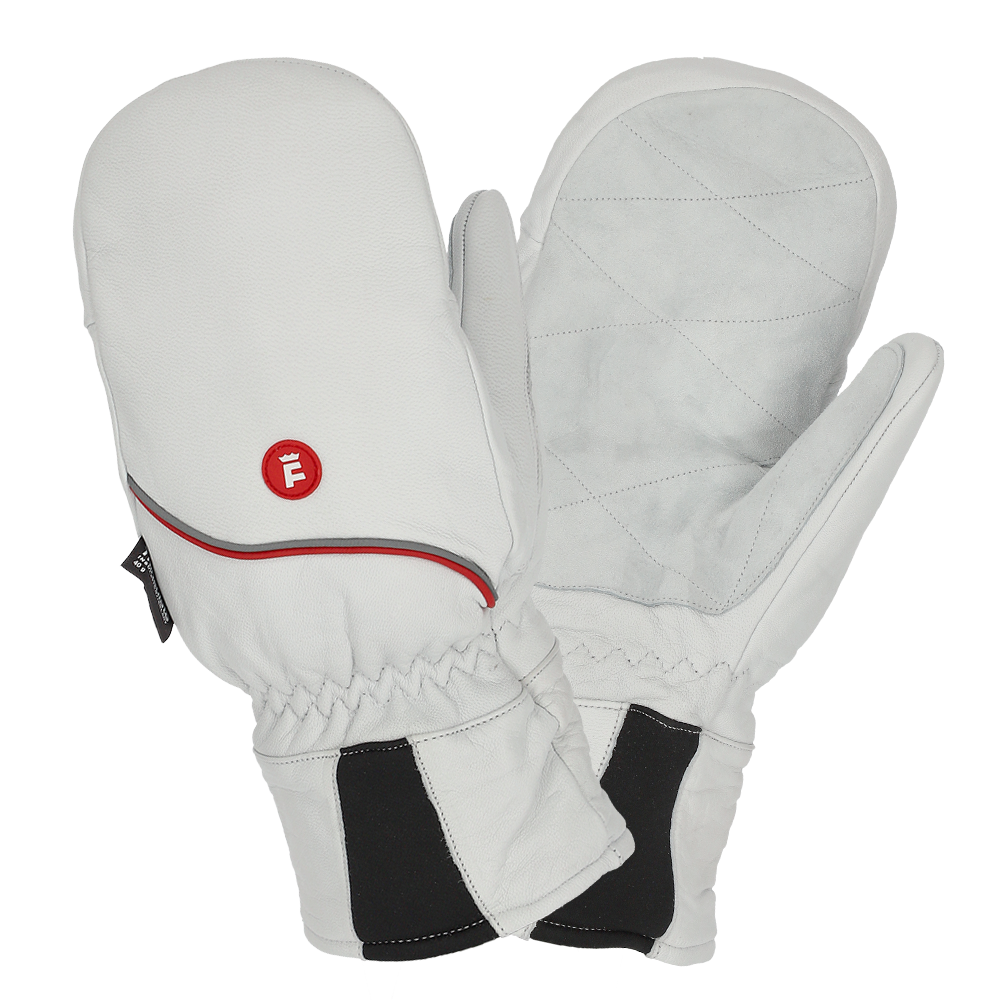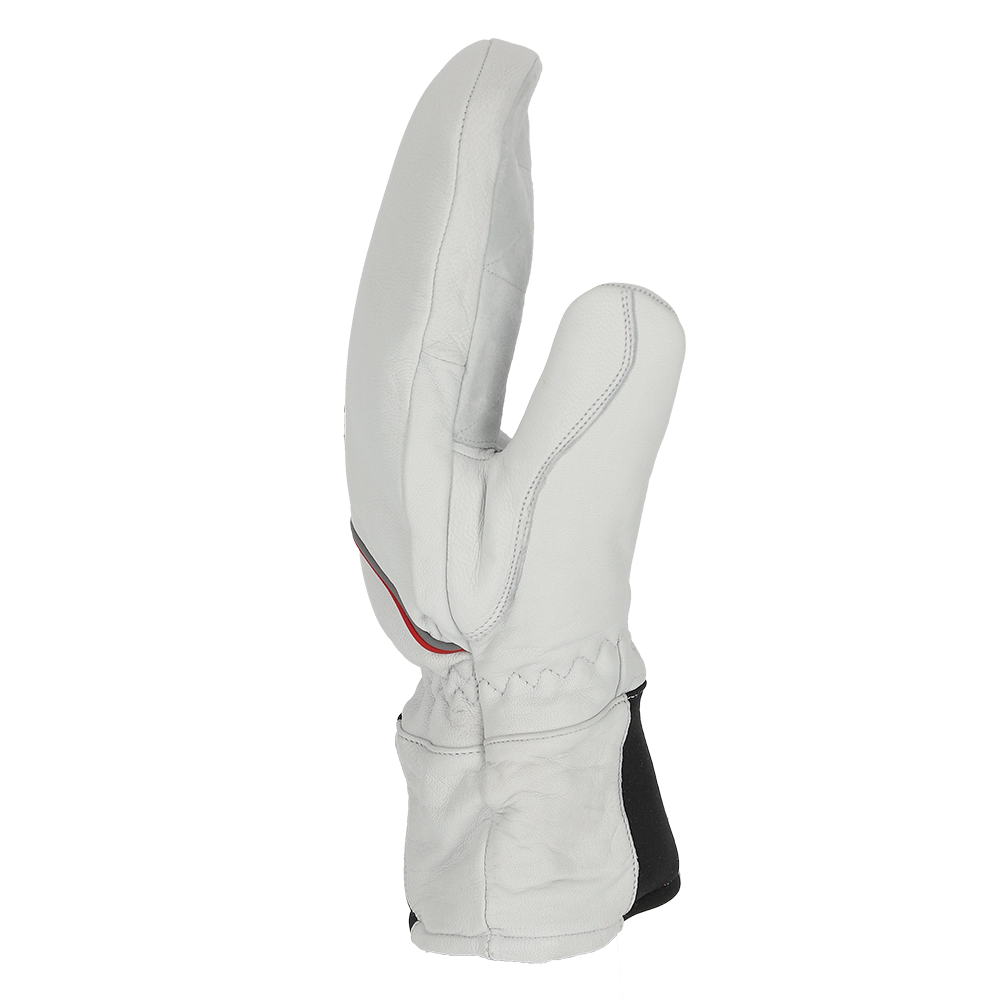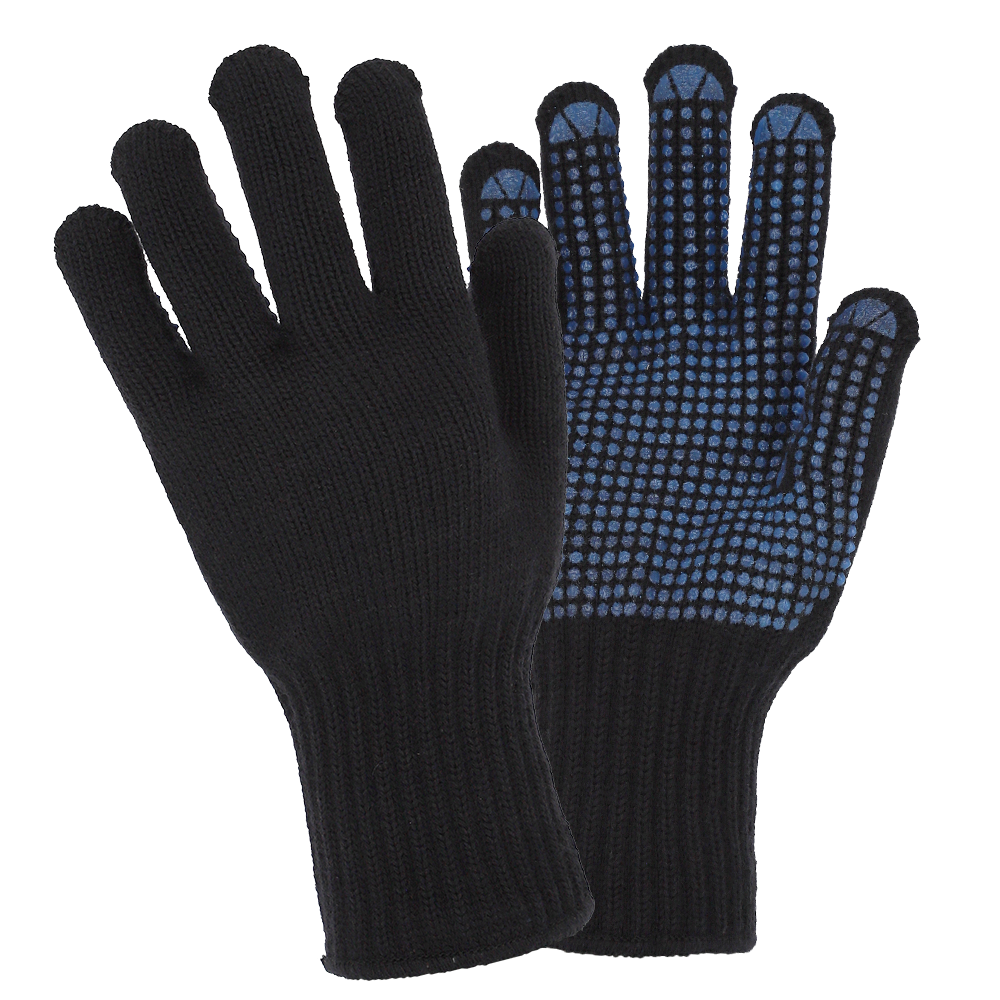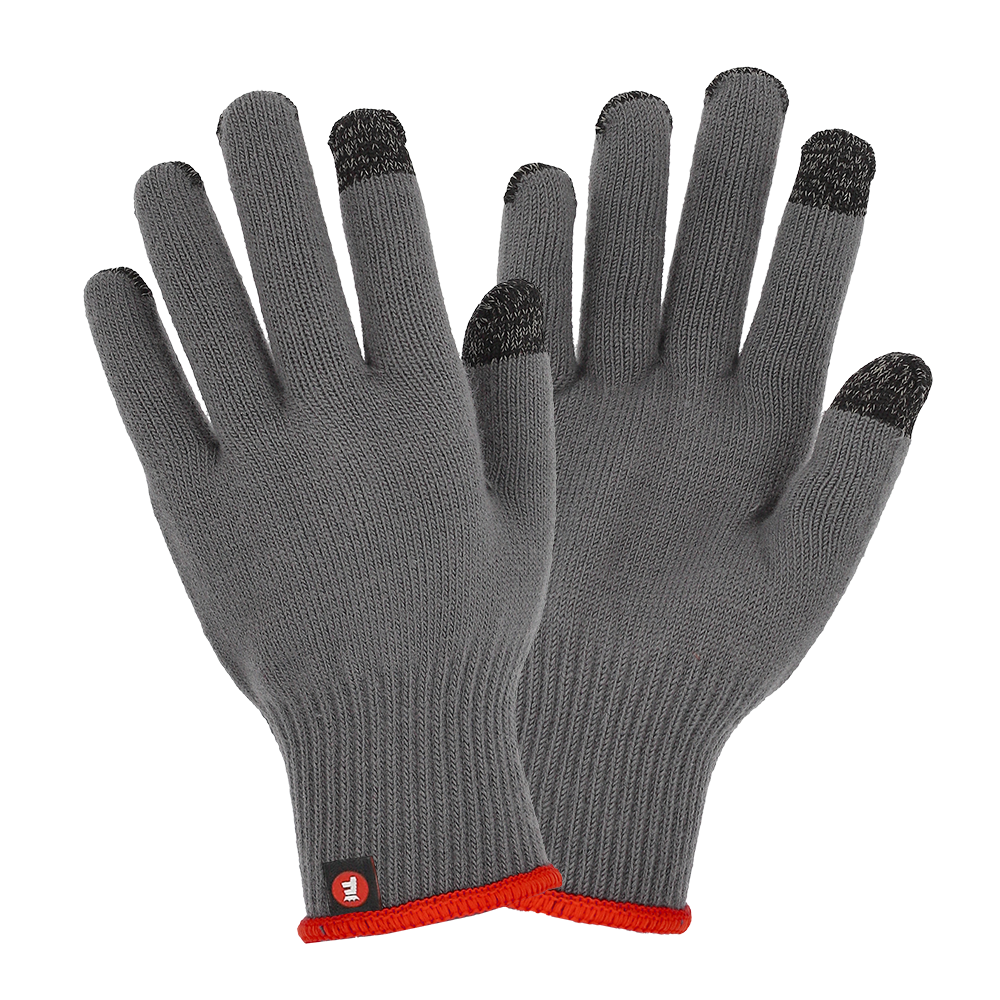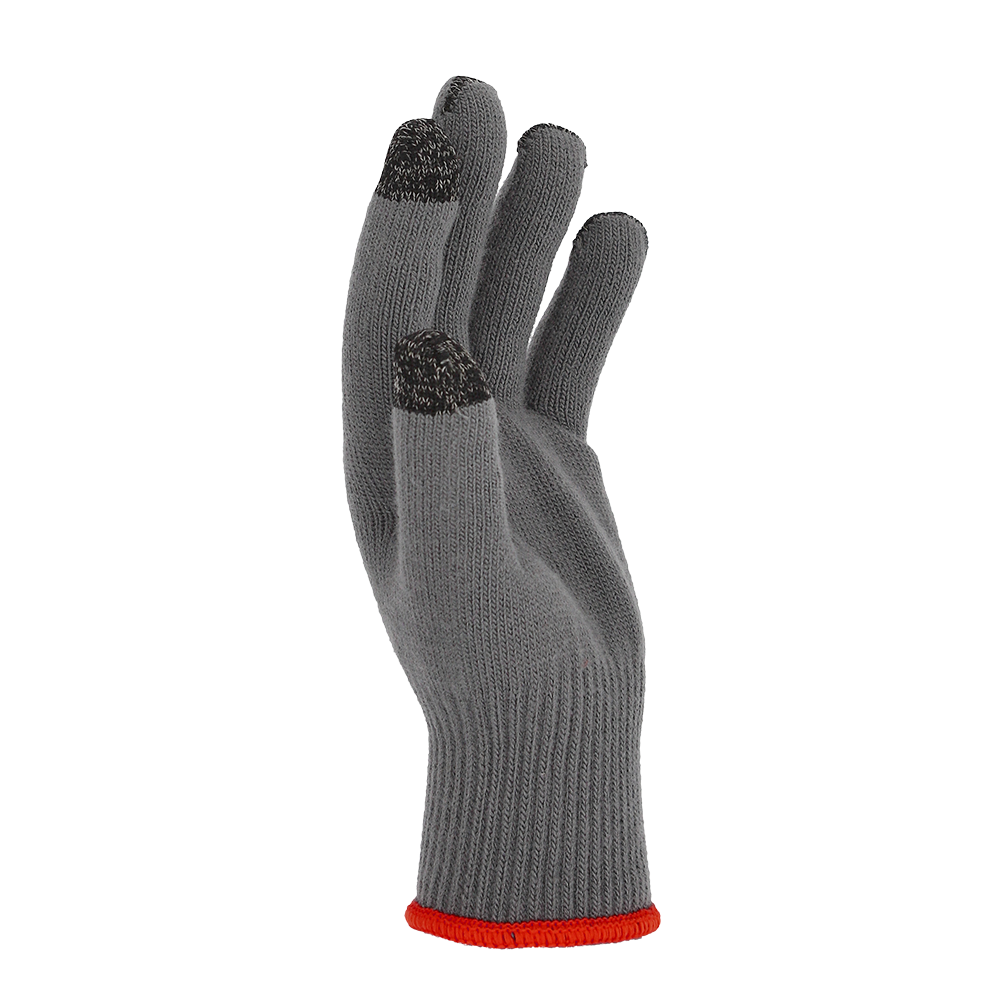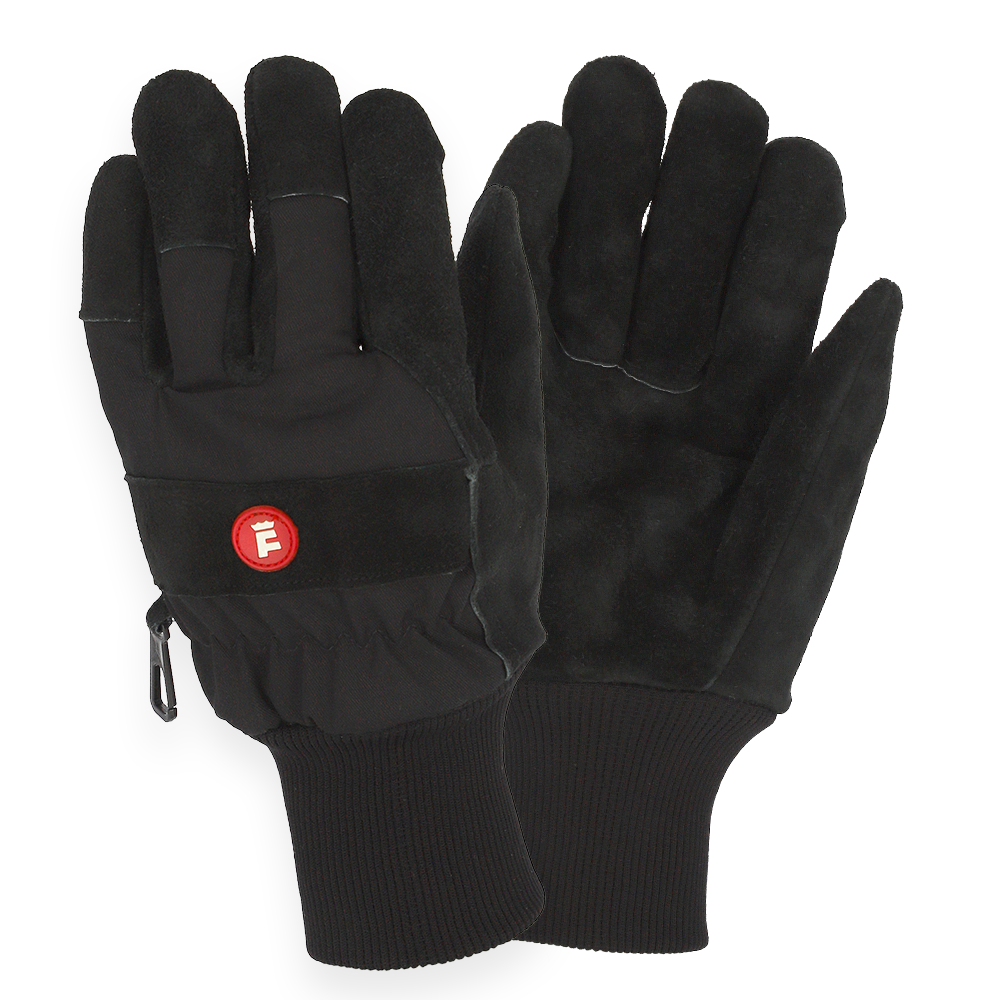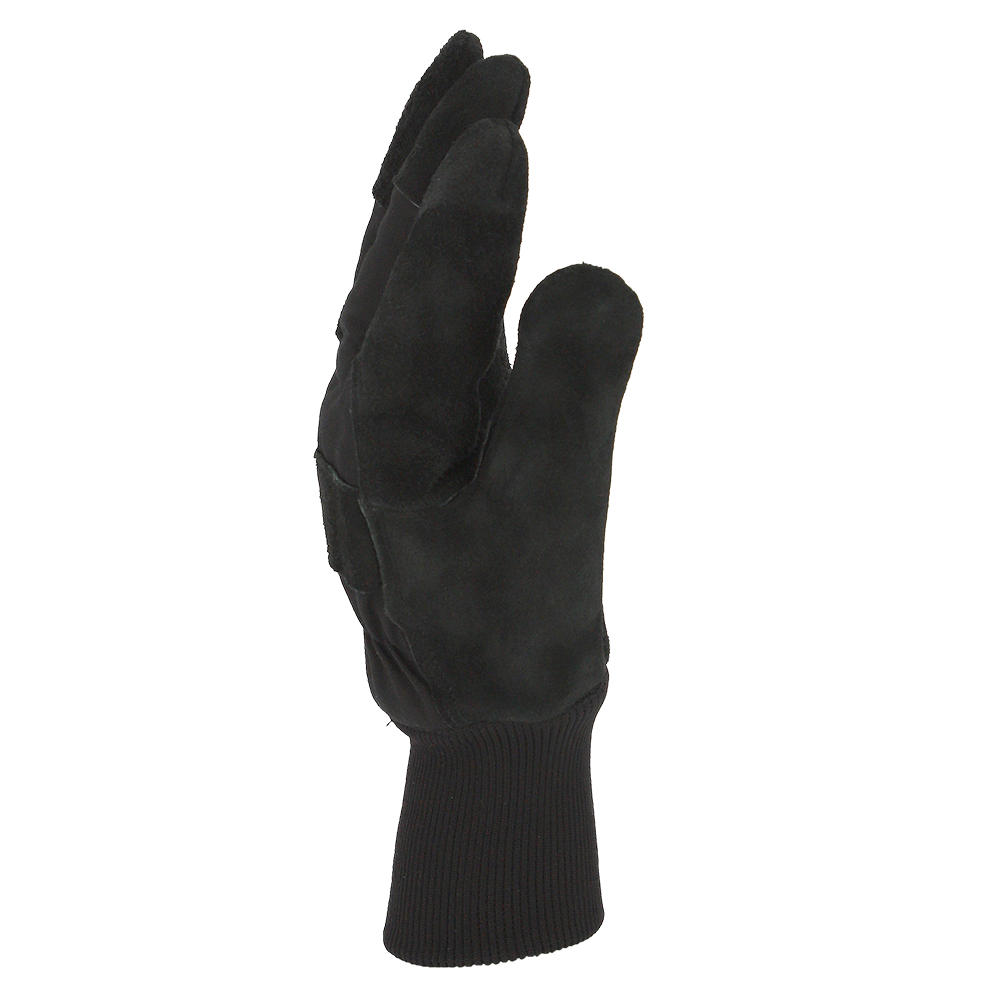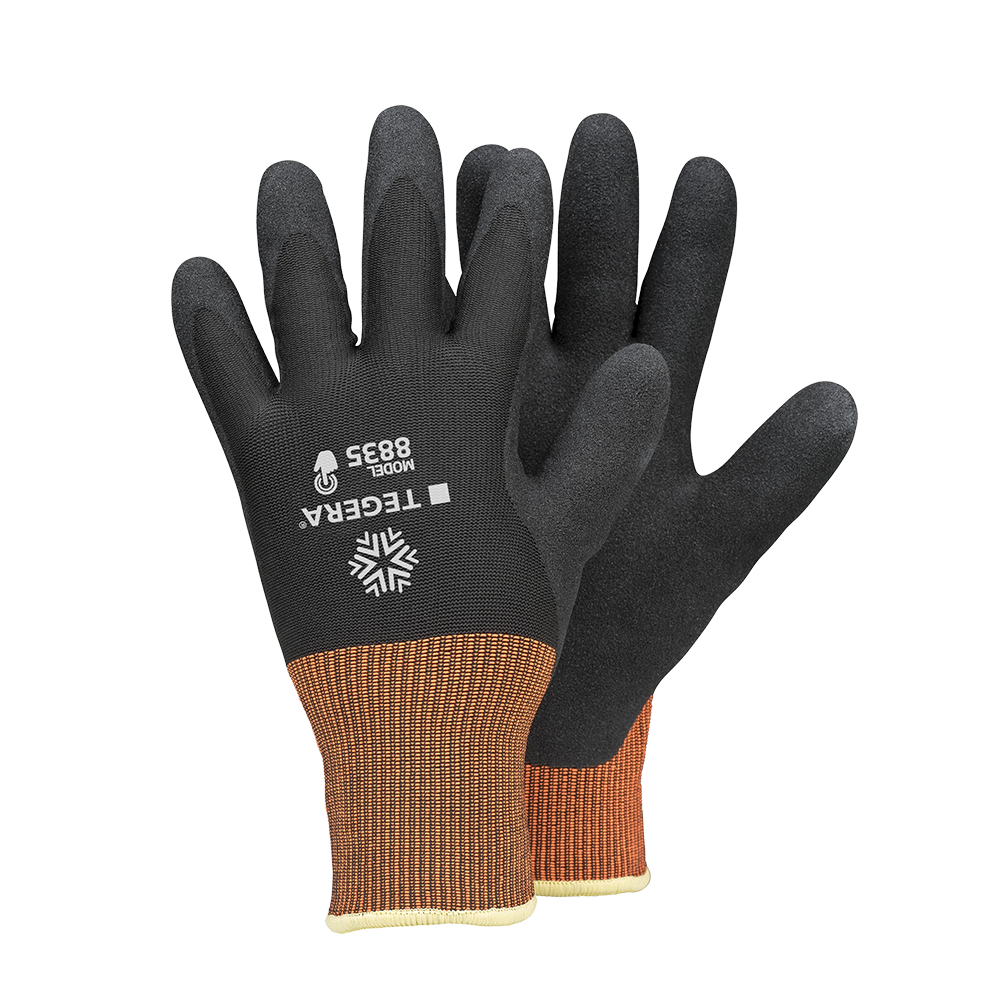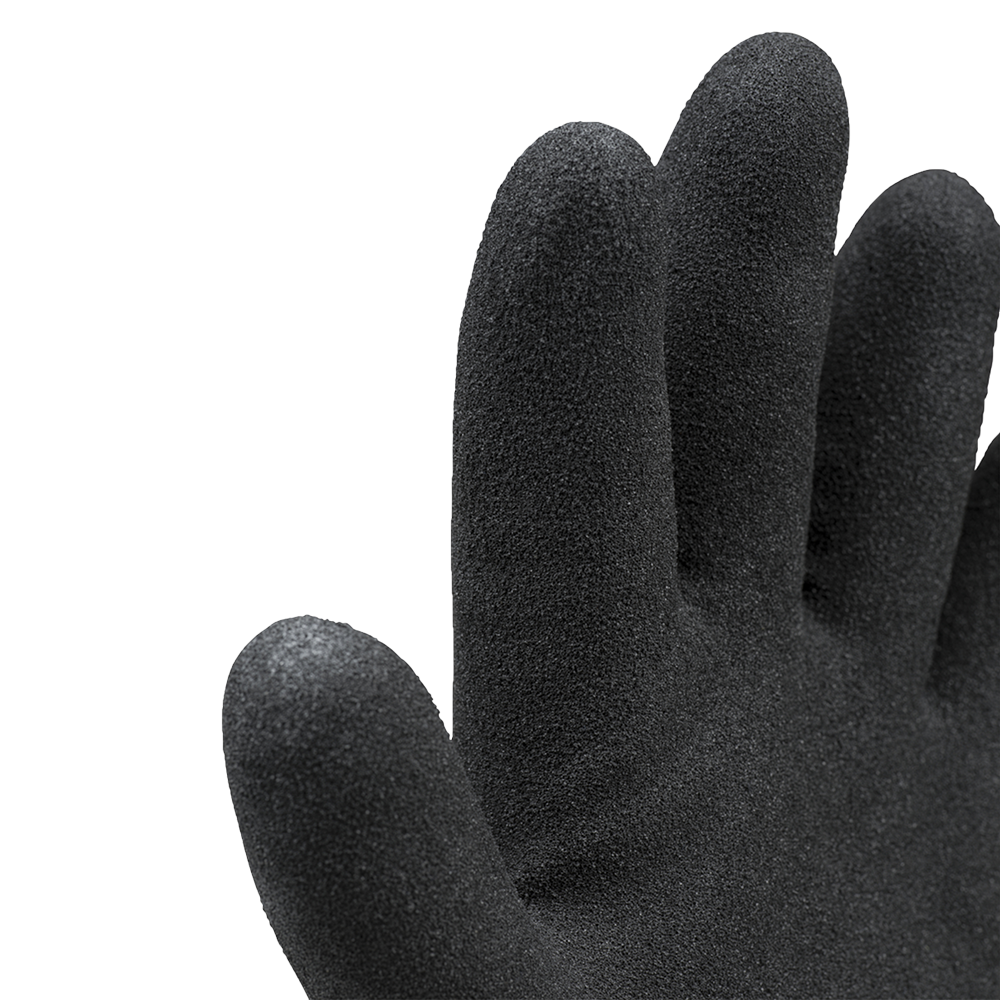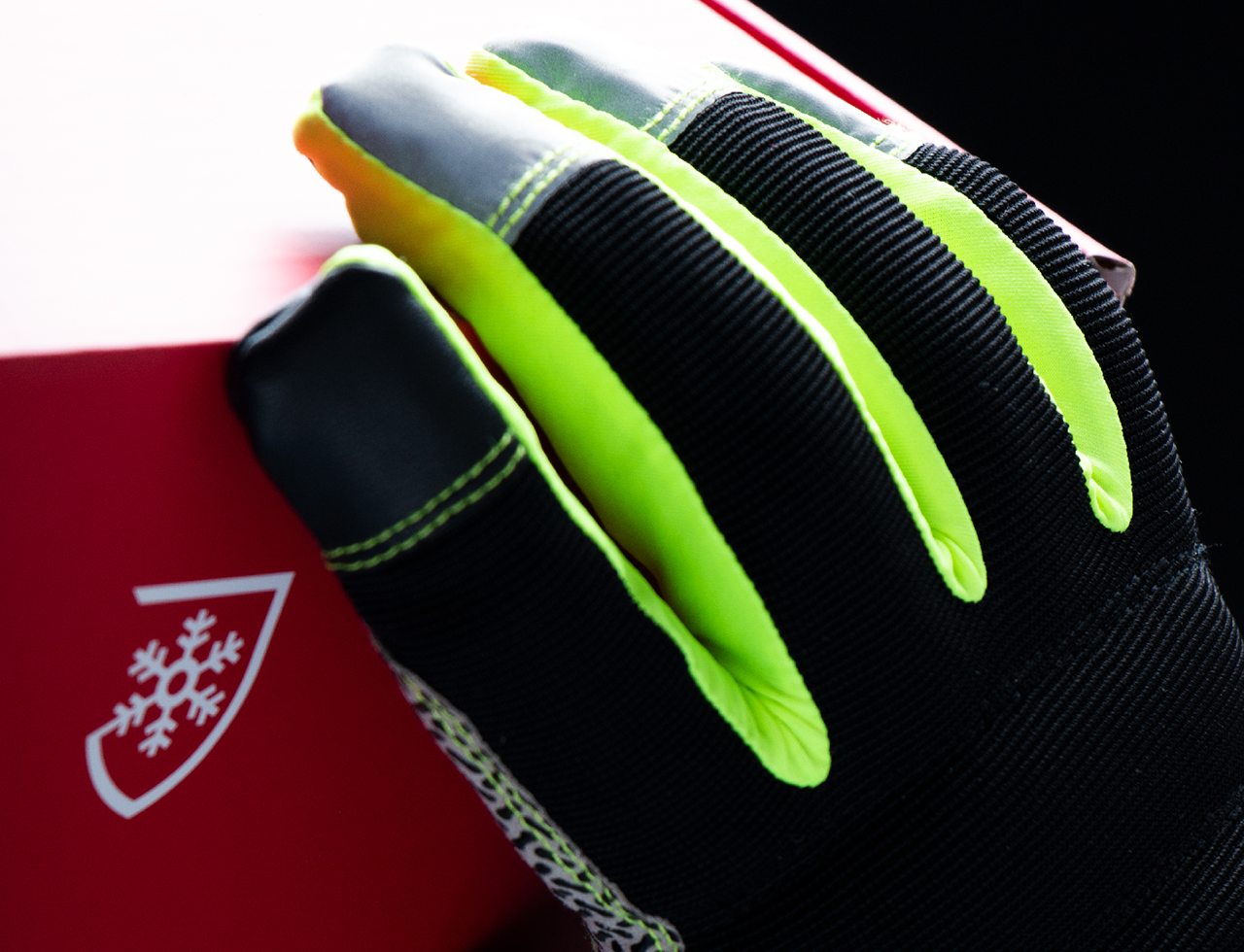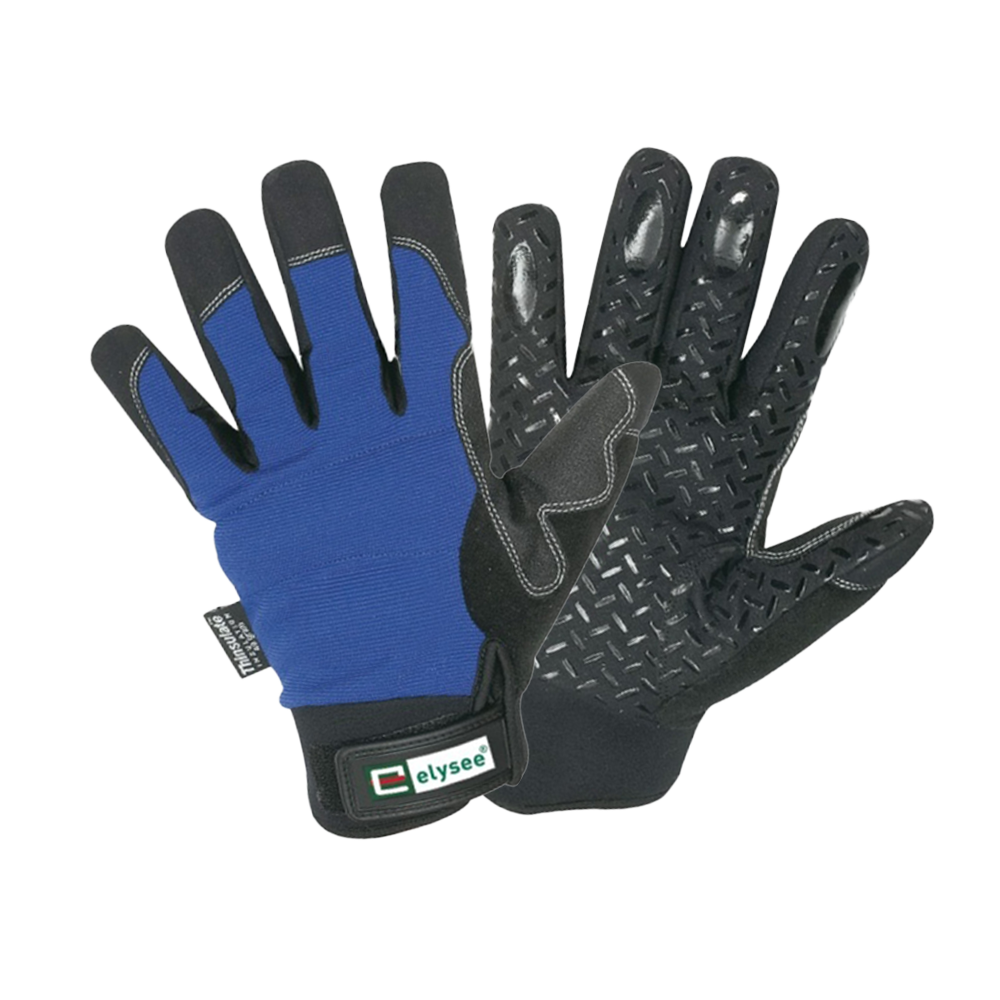Cold Protection at Your Fingertips: With Our Freezer Gloves.
Designed to withstand freezing temperatures, these gloves provide exceptional insulation. Our freezer gloves keep your hands warm and nimble.


















Maximum Protection in Cold Storage with Our Gloves.
In working environments with temperatures ranging from 5°C to -49°C, gloves are an indispensable companion. Our cold protection gloves not only offer optimal protection but also ensure mobility and comfort. Learn more about their cleaning, standards, materials, and variations.
For which tasks should gloves be worn?
Cold protection gloves should be worn for all tasks performed in environments such as cold storage or refrigerated and freezer houses, where temperatures range from 5°C to -49°C. The protection of the hands is paramount.
How long can I wear the gloves?
The duration of use depends on individual wear and tear and working conditions. It is recommended to change gloves regularly to ensure maximum protection.
Can the gloves be cleaned?
You can remove coarse dirt from the gloves with a damp cloth using little pressure.
However, to avoid damaging the surface of our cold storage gloves, we recommend against deep cleaning.
Additionally, it is not advisable to clean gloves with chemicals, as this can compromise the structure and natural protective barrier of the gloves.
Is wearing hand protection mandatory?
There are no food safety regulations that generally require the wearing of liquid-tight gloves.
The Food Hygiene Regulation only states that individuals working in areas where food is handled must maintain a high level of personal cleanliness.
The need for wearing liquid-tight protective gloves is mandated in occupational medicine when working with cleaning and disinfecting agents, chemicals, and simple cleaning agents.
What standards must cold protection gloves meet?
DIN EN 511:2006
DIN EN 511:2006 specifies the requirements for protective gloves against cold.
This standard outlines the minimum requirements for thermal insulation, thermal conductivity in cold conditions, breathability, waterproofness, abrasion resistance, and aging resistance. EN 511 ensures that protective gloves effectively protect in extremely cold conditions and prevent injuries from hypothermia. The choice of protective gloves for use in cold should be based on EN 511 to ensure they meet the requirements and adequately protect the user.
DIN EN 388:2019
EN 388:2019 explains the testing procedures that make all protective gloves in PPE categories II and III (protection against medium and irreversible/deadly risks) comparable in terms of their mechanical performance. When choosing between glove A and glove B, the user should be able to identify which glove is better suited for their intended use.
For EN 388, each glove must meet the basic requirements for a protective glove as specified in EN 420. The evaluation of mechanical protective gloves focuses on six properties: abrasion resistance, cut resistance (according to traditional methods), tear resistance, puncture resistance, cut resistance (according to new methods), and impact protection.
What materials are gloves made from?
Depending on the type of glove, a variation of advanced and special materials is used. We offer our customers gloves made from materials such as polyester, leather, spandex, polyester, aramid, polyurethane, Kevlar, or even 3M Thinsulate insulation.
What types of cold storage gloves are available?
Our customers can choose from a variety of gloves. From 5-finger gloves to 3-finger gloves to mittens, we offer just the right option for you. Additionally, you can choose between knit cuffs or an overlapping cuff.
Ultimately, the range is very large, so we have the right gloves for every need.
Are cold protection gloves touchscreen capable?
To allow you to use gloves in conjunction with tablets and picking devices, some of our cold storage gloves are touchscreen capable.



